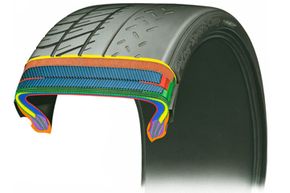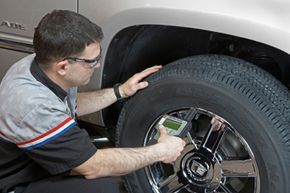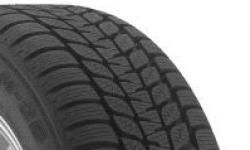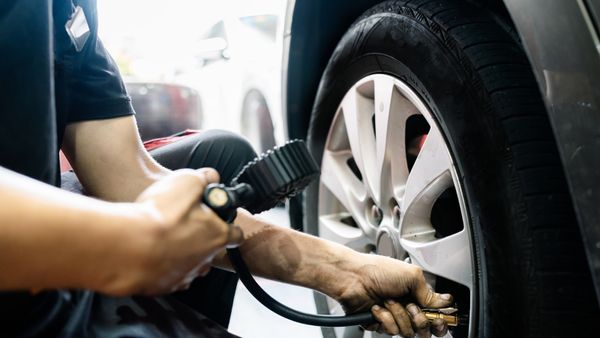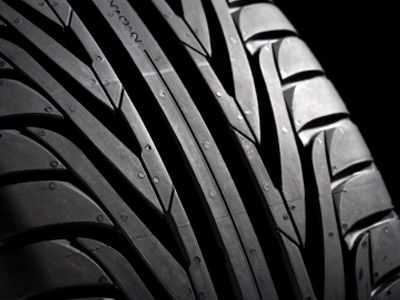NASCAR run-flats are designed with multiple air chambers and liners -- if the tire is punctured and an air chamber fails, another air chamber takes over the space to maintain contact with the road and prevent the catastrophic loss of control that would otherwise result from a high-speed blowout. Goodyear has been manufacturing tires like this since 1966 [source: Goddard]. The public version of run-flat tires is not quite as complicated, but they don't need to be. Though pro drivers only need to make it back to the pit crew, the conditions on the track make the stakes pretty high. A regular car and driver can get by with a simpler design.
Tires arguably take more of a beating than any other part of the car. As the tire experts at Tire Rack explain, it's the air inside the tire that bears the weight of our car, not the tire itself. This distinction is important to understanding how tires really work -- they impose shape and structure on the air contained within. If that air is able to escape, the entire purpose is defeated.
Contrary to popular belief, most blowouts aren't the direct result of a puncture on a previously pristine tire [source: Tire Rack]. These dramatic and dangerous events are more likely to occur when a tire with a previously unnoticed slow leak (and resulting low tire pressure) suffers some sort of puncture damage or simply can't bear any more load. A tire's capacity is determined by the amount of air it's designed to hold in a chamber around the wheel, the strength of the air chamber and the rest of the tire's structure and the air pressure that's actually in the tire. If the air pressure is incorrect, it forces the other two factors to compromise, which weakens the entire tire and makes it more susceptible to damage. Think about a huge yoga ball that's lost a little bit of air -- it doesn't bounce or roll smoothly, and can't support your weight as well as one that's properly filled.
The development of run-flat tires is essentially a way to intervene between a relatively normal occurrence -- a blowout -- and its potential consequences -- a minor inconvenience at best, a fatal crash at worst. Run-flats provide a valuable service. They lessen the immediate, dangerous effects of a blowout, essentially buying the driver a grace period.
Run-flats work because the tire's structure was re-evaluated and redesigned so that the tire can bear the car's load even after the loss of air pressure. A very stiff sidewall allows the tire to hold its shape and continue to protect the rim from making contact with the road. Run-flats also have specially designed beads to maintain a proper seal between the tire and the wheel, even after air pressure is lost. If a regular tire goes flat, the seal isn't under as much pressure and the bead seal often fails. But the stiff structure of a run-flat means any weaknesses are forced elsewhere. Typically, a seal between two different materials is a weak point in almost any construction, and so the intersection of rubber and metal is reinforced in run-flat applications.
It's often said that a damaged run-flat has a range of about 50 or 55 miles (80.5 or 88.5 kilometers), which is true for most brands on the market. However, some types of run-flats can reportedly go as far as 100 or 200 miles (160.9 or 321.9 kilometers) after sustaining damage [source: State Farm].
And while run-flats will allow you to continue on your merry way, a tire with low air pressure might not be able to glide over potholes or road debris the way a nice, firm tire can. That's why tire pressure monitoring systems are a useful ally in helping to prevent blowouts. Cars with run-flats should be equipped with tire pressure monitoring systems because a slow leak in a run-flat won't be detected by simply eyeballing each corner before hopping in and driving off. This, of course, makes tire maintenance a bit more expensive, but the safety benefits more than outweigh the extra cost.
